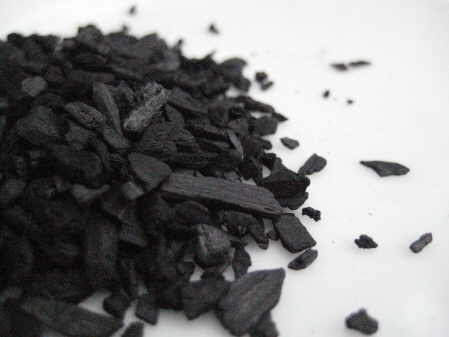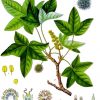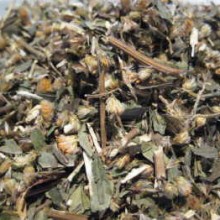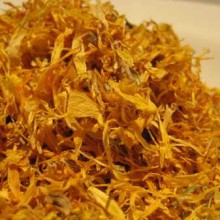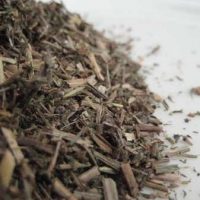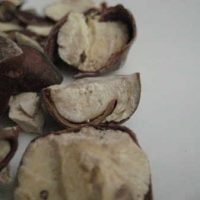Since ancient times Black Storax (Storax calamitos) sometimes known as Oriental sweet gum, Styrax or, in China, Su he xiang has been used to calm and relax, it is also said to be of aid for insomniacs.
Cosmetic Uses: perfumery; used in many floral perfumes, fixative properties, aromatherapy
Culinary Uses : none known
Medicinal Attributes: stimulant, antiseptic, anti-inflammatory, expectorant, promotes healing, used to treat strokes, convulsions, coma, heart disease, etc.
It is burnt as an incense to protect against negativity in many folklore traditions. It is reputed to have sensual qualities.
This bushy deciduous tree is treasured for its aromatic and medicinal balsam and bark. The tree grows to 33 ft. (10m) in height and sheds beautiful maple-like leaves in late fall of each year. The balsam is harvested using a tool upon the trunk and collecting the resulting resin flow. It’s then washed in boiling water, and can be further cleaned with alcohol.
The pure sticky Black Storax balsam is brownish-gray to greenish-gray in color and usually non-pourable at room temperature. It contains substantial portions of cinnamic acid. It also has a distinct gasoline-like styrene top note covering the underlying balsamic sweetness. Some perfumers prefer this styrene note because of its powerful unsaturated hydrocarbon. The styrene note mellows over time and if used in small amounts in an incense blend it will not overpower the blend but still add a depth of sweet balsamic notes to the mixture.
The sweet fragrant bark of the tree is also used for incense and balsam and can be boiled from the bark as well. The bark is widely exploited by the tobacco industry as an additive in cigarettes. It is balsamic with a tenacious styrene top note followed by subtle sweet balsamic, flowery, slightly grassy fragrance notes. The bark is rich, very sweet, balsamic, and floral
Storax resin has been used since the days of ancient Mesopotamia and Egypt. Phoenician traders treasured it for its wonderful aromatic properties.

